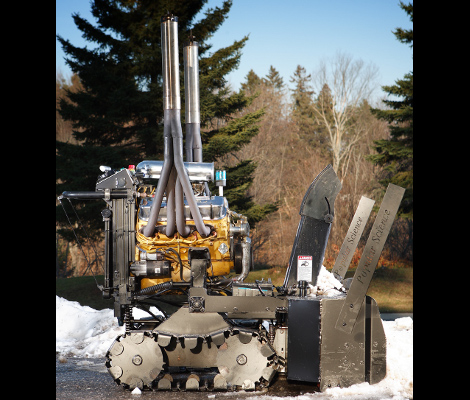You may have seen an air powered engine at some point, but most are made out of some sort of metal. This engine, however, is made entirely out of wood (and fasteners). One might wonder how a design like this was conceived, but this may be explained by [Woodgears.ca’s] tagline: “An engineer’s approach to woodworking.” It should also be noted that this is actually [Matthias’] sequel to “Wooden Air Engine 1.”
The engine itself is a neat device in that it uses power from compressed air (or suction from a vacuum cleaner) to make the piston and connecting rod cycle back and forth to spin a flywheel. The other connecting rod is used to switch which side of the “clyinder” received air pressure (or vacuum). A really neat mechanical assembly, and one that took a good amount of skill to make out of wood. Check out the video after the break to see how it all works!
[youtube http://www.youtube.com/watch?v=ngb4SYR74m4&w=470&h=315%5D
If you’d like your woodworking to be more automatic, check out this post about how to set up a CNC router for your personal use.



















